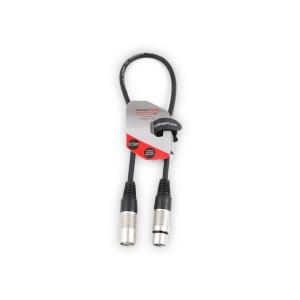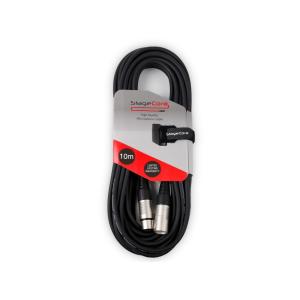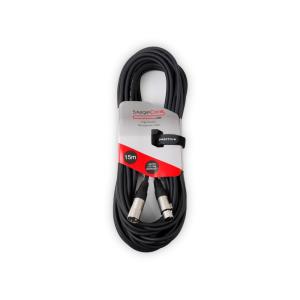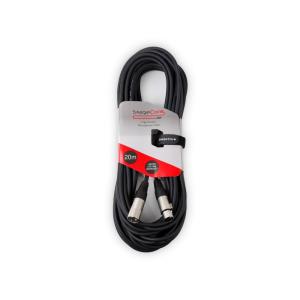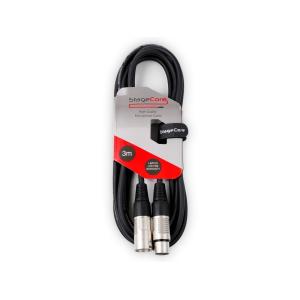XLR Vs DMX
XLR vs. DMX: What’s The Difference? There are certainly a number of cables that serve different functions but look similar or use the same connector types. For instance, 1/4 in patch cables and instrument cables, or 3.5 mm patch cables and stereo AUX cables that you would use to connect your phone to a speaker.
Perhaps a few of the more easily confused cable types are XLR and DMX. Both have the standard 3-pin configuration and similar builds, and maybe, in some cases, the connector is exactly the same on both. But, go beyond the connector and you have two cables with fundamentally different purposes.
XLR

XLR cables are what’s most often used for analog functions such as microphones and interconnects. Analog has a much lower impedance requirement so cables don’t have to be rated, but usually the impedance is around 45 ohms.
DMX
DMX cables are what we use for lighting. The cables’ purpose isn’t about carrying an audio signal, it’s carrying information or data that will communicate changes between lights and the source. The impedance required for this is 120 ohms. They also come in 5-pin configurations, and can be converted from 3-pin to 5-pin or 5-pin to 3-pin using our DMX adaptors.
The Golden Question
Given how similar XLR and DMX cables appear, a common question is “can they be used interchangeably?” In some circumstances, you might be able to, but it’s not suggested.
An analog XLR cable is not rated at 120 ohms; so, transferring data may experience some interruptions, such as strobing or flickering lights since the cable can’t transfer the necessary voltage.
On the flipside, you could theoretically use a DMX cable as a microphone cable. However, the cables aren’t built with the same shielding, so noise interference might become an issue. Likewise, its build-quality isn’t meant to be as rugged, and DMX cables are much more expensive.
The bottom line is, always use the appropriate cable for the appropriate application. If you’re doing lighting, invest in some DMX cables to make sure the voltage is uninterrupted. If you need to go out from an interface to a pair of monitors, invest in some XLR interconnects, and, of course, use a dedicated microphone cable for all mic and performance functions.






